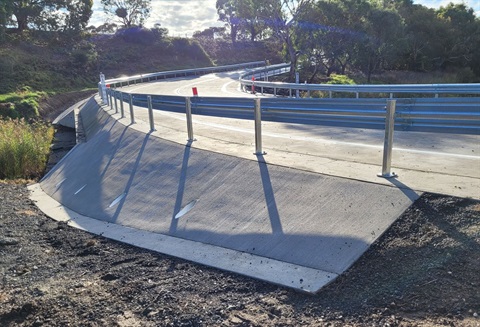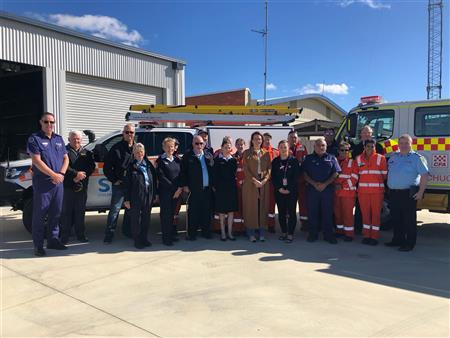
Tasmanian researchers have shared in more than $4 million of funding in the latest National Health and Medical Research Council’s (NHMRC) Ideas Grant scheme.
New research into the link between preeclampsia and cardiovascular disease, and analysing hand movements to screen for preclinical Alzheimer’s disease are two of the five projects funded in this round.
“Congratulations to this year’s recipients who have been successful in securing one of these highly competitive grants,” College of Health and Medicine Executive Dean Professor Denise Fassett said.
“These projects reflect our College’s research strengths across neurodegenerative disease, brain science and chronic disease, and underpin the importance this research will have on both local and global communities.”
Research projects funded are from the University of Tasmania’s College of Health and Medicine’s Menzies Institute for Medical Research, Wicking Dementia Research and Education Centre and the Tasmanian School of Medicine.
Successful projects include:
Epigenetic Biomarker Discovery for Cardiovascular Disease Risk Stratification of Women following preeclampsia (Dr Phillip Melton, Menzies Institute for Medical Research) Dr Melton and collaborators will investigate the link between why women who experience preeclampsia during pregnancy have a greater risk of developing cardiovascular disease later in life.
The future in our hands: Screening for preclinical Alzheimer’s disease by analysing hand movements (Dr Jane Alty, Wicking Dementia Research and Education Centre) The project aims to develop a new type of computer screening test that can detect the earliest stages of Alzheimer’s disease pathology 10-20 years before it has caused any memory symptoms. The test will only take a few minutes and can be completed by people using their own home computer or smartphone. This could potentially transform dementia prevention and management worldwide as it will identify ‘high risk’ individuals for drug trials and preventive interventions at a stage when the brain is still functioning well.
Glia and the progression of Parkinson’s disease: Bystanders or villains? (Professor Tracey Dickson, Menzies Institute for Medical Research) Parkinson’s Disease is a neurodegenerative disease that has no cure or effective treatment. Researchers know where in the brain the disease begins, but how it spreads is unknown. This project will use new techniques developed by Professor Michael Breadmore from the University of Tasmania’s School of Natural Sciences to gain insight into this process and potential new treatments.
Harnessing the dual roles of pericytes to improve stroke outcomes (Dr Brad Sutherland, Tasmanian School of Medicine) Pericytes are cells that are in the walls of capillaries – the smallest blood vessels. Pericytes control blood flow and help promote recovery after injury. In stroke, pericytes squeeze the capillary shut, limiting the amount of energy getting to the brain. This proposal will use innovative techniques to understand how pericytes limit blood flow and also how we can utilise pericytes to improve brain recovery after stroke. This will allow us to identify new potential treatment options for stroke.
Uncovering oxytocin and vasopressin release and functions with novel optical tools (Dr John Lin, Tasmanian School of Medicine) The project aims to investigate the roles of specific neurochemicals in the brain during normal behaviour and periods of stress. This will be done with novel technologies developed by a collaborator at the University of Peking and within the research group at University of Tasmania to visualise the functions of these neurochemicals.








